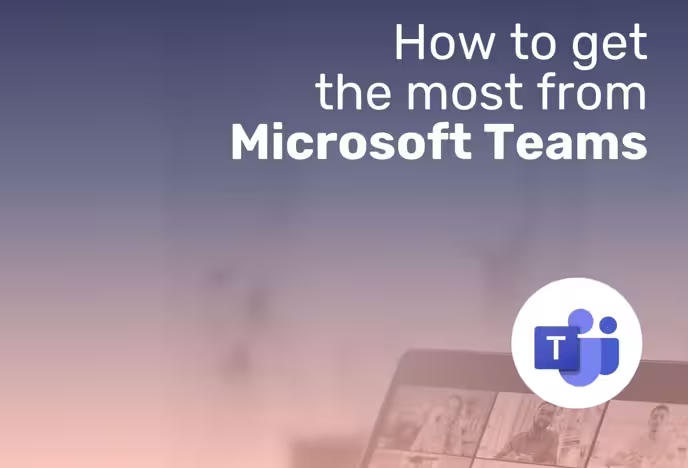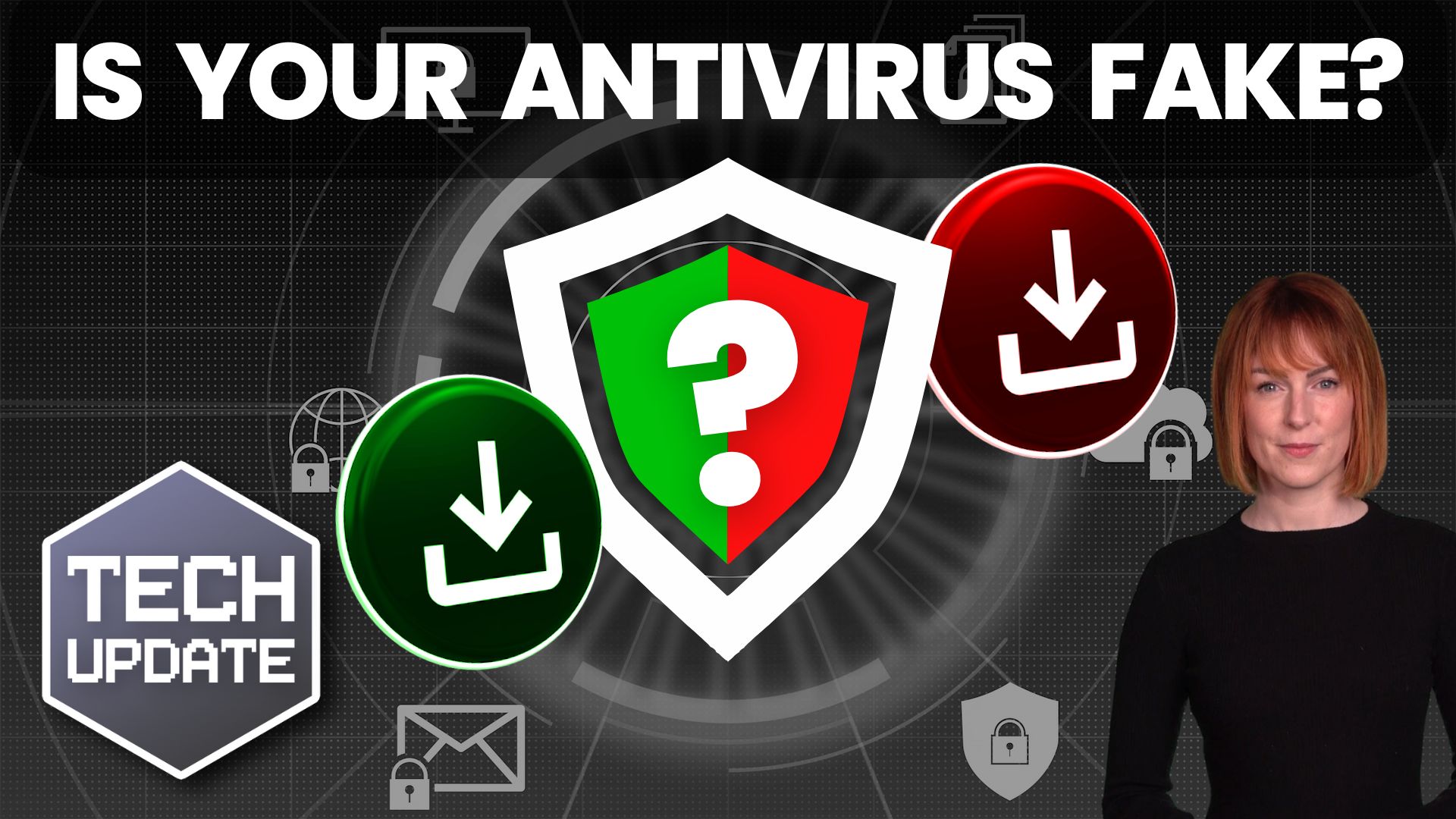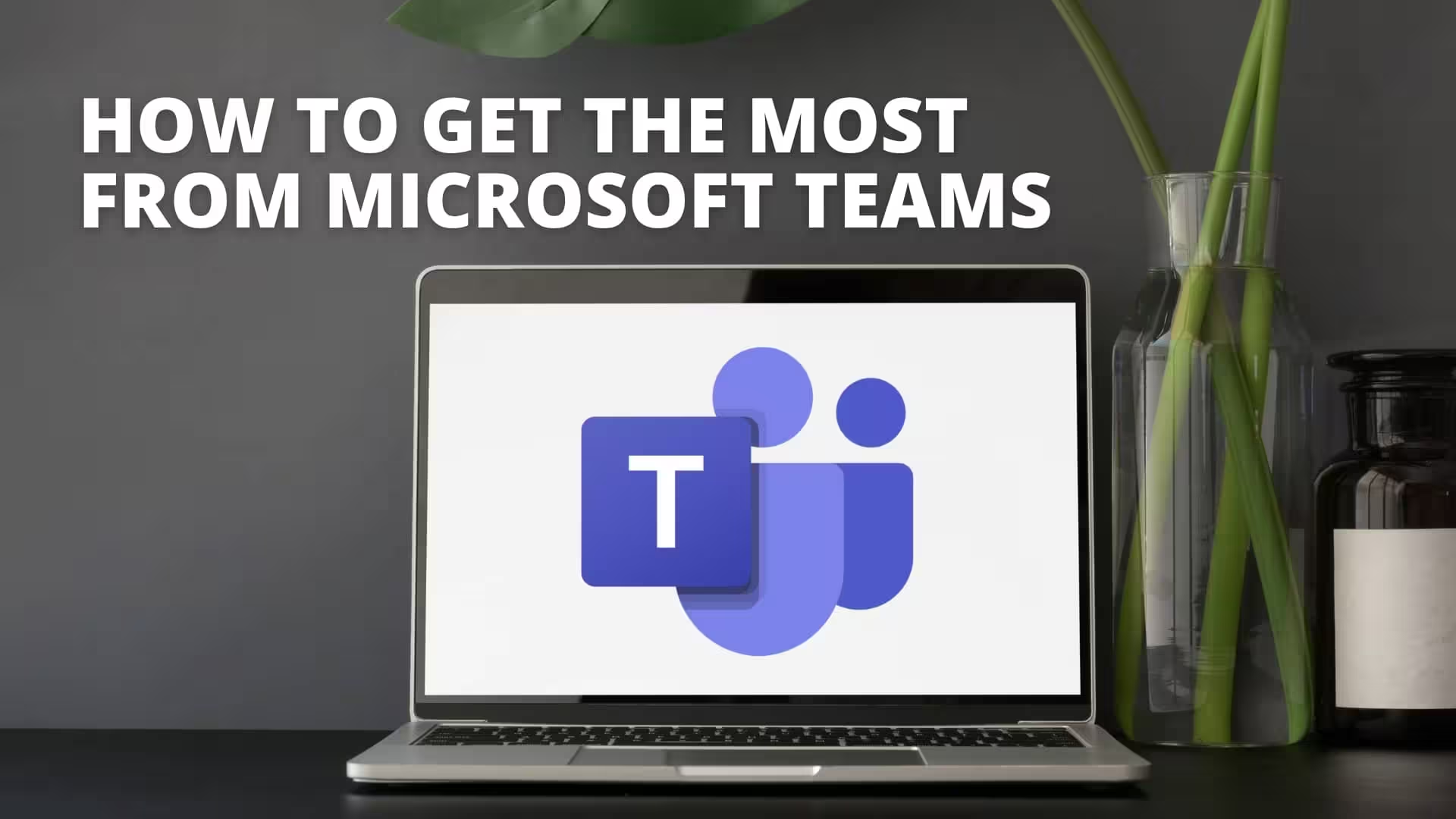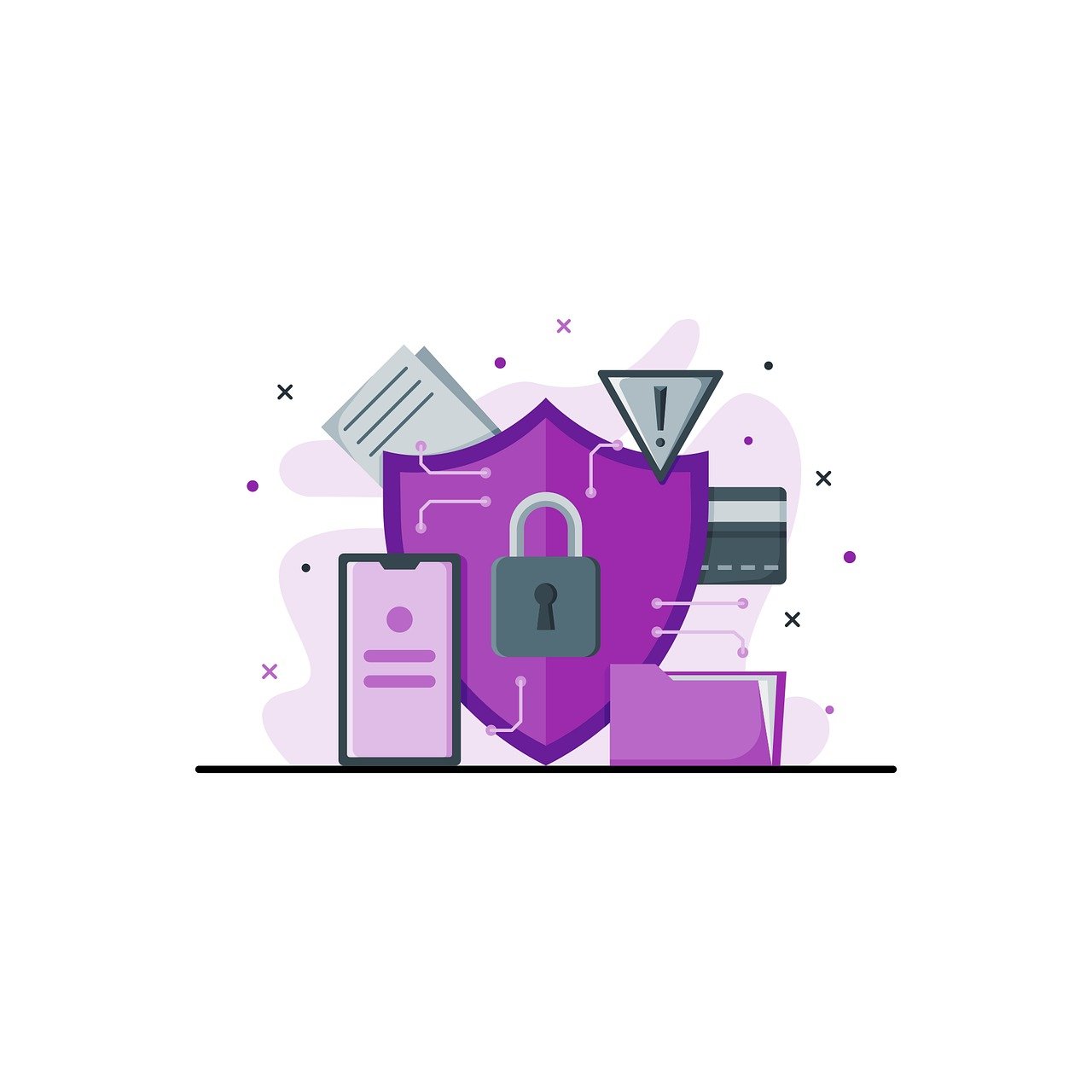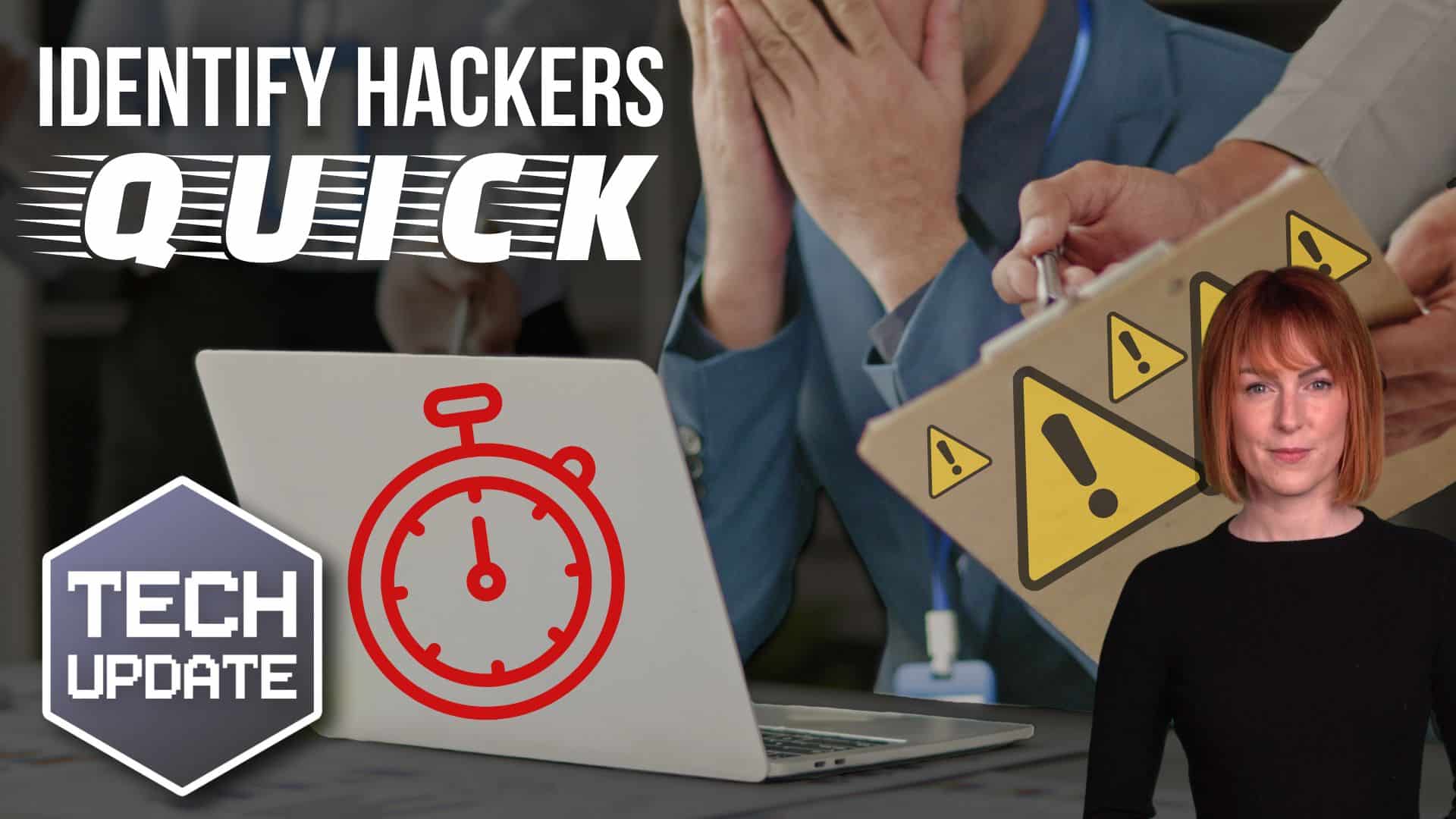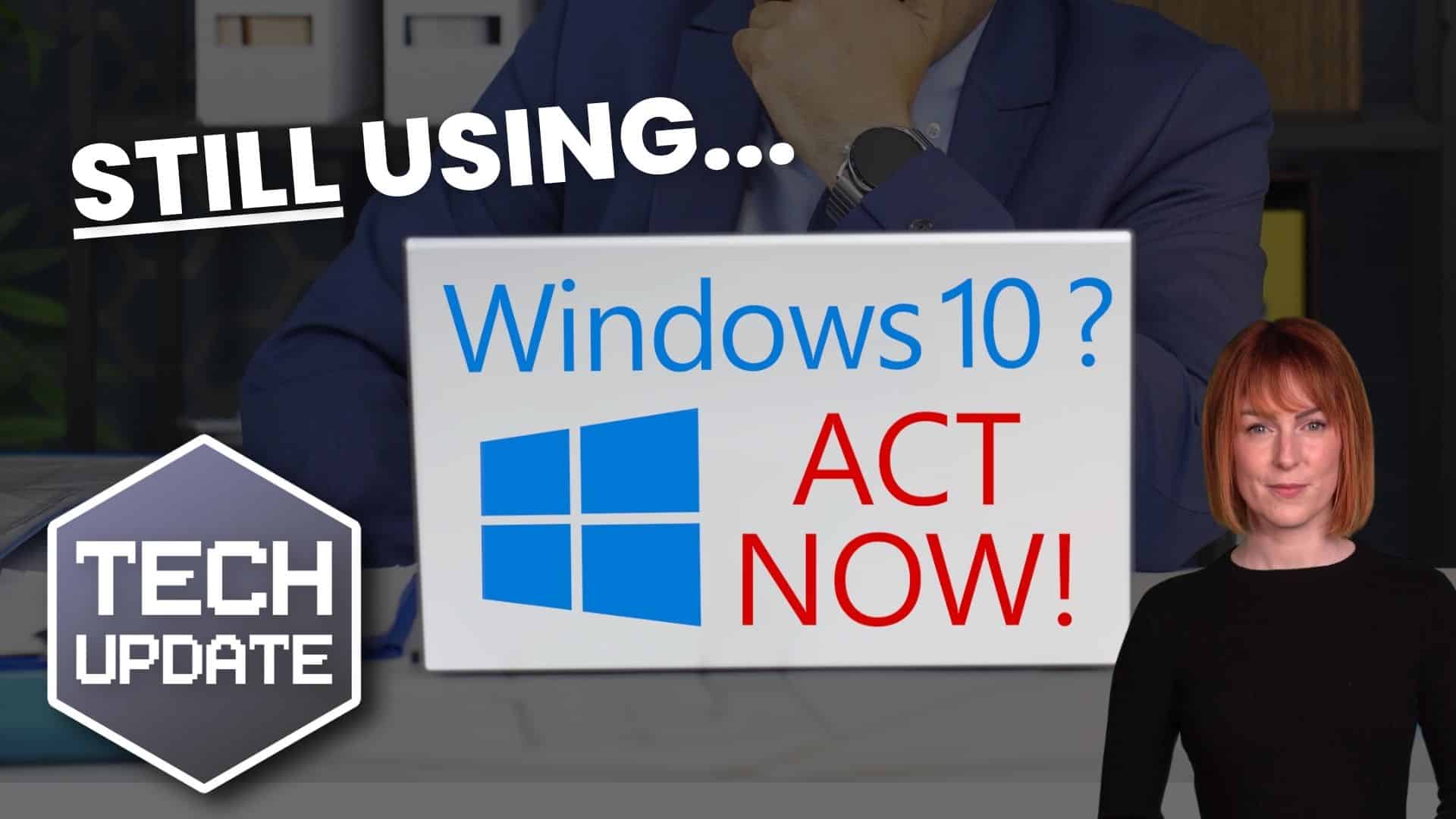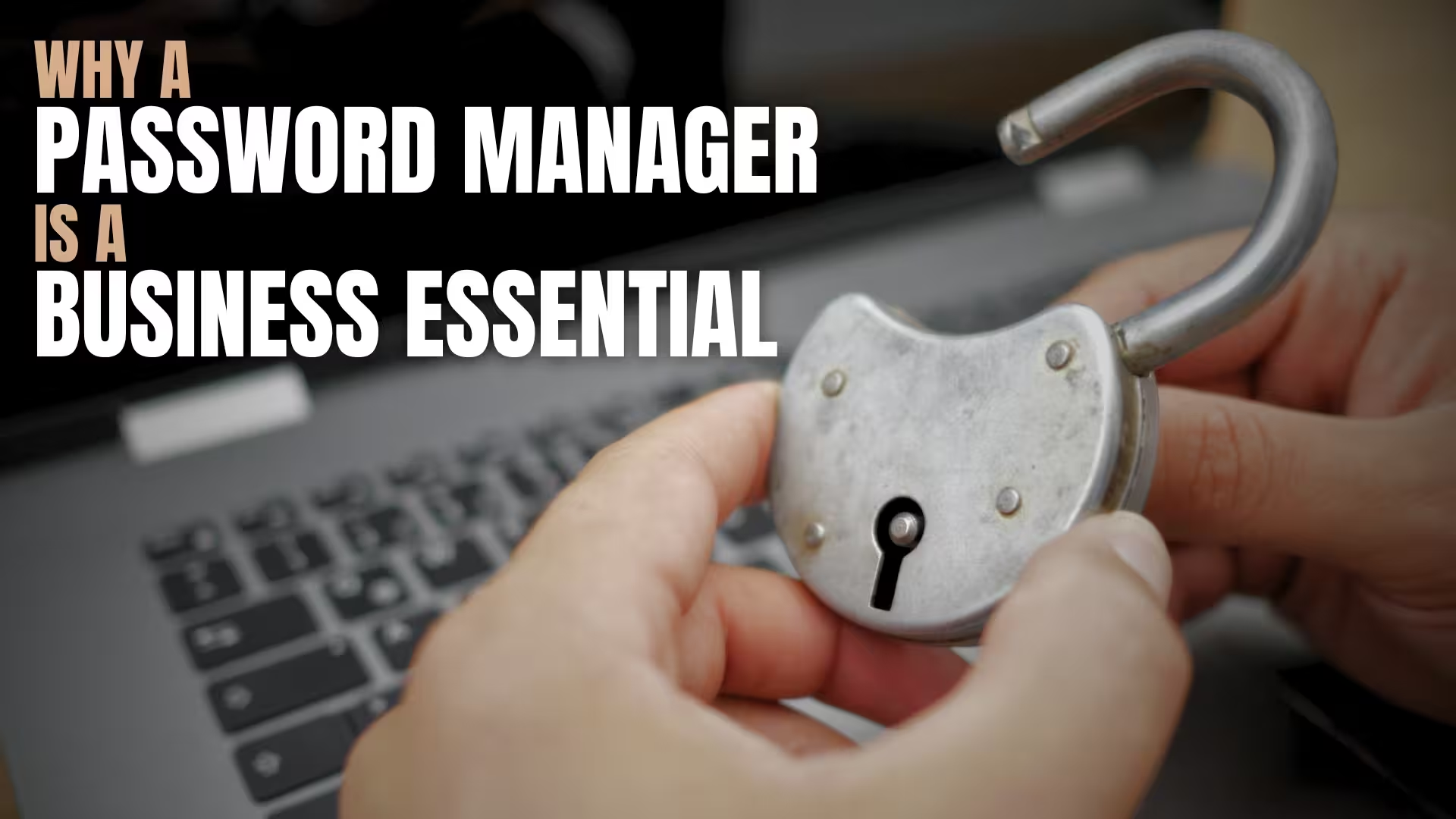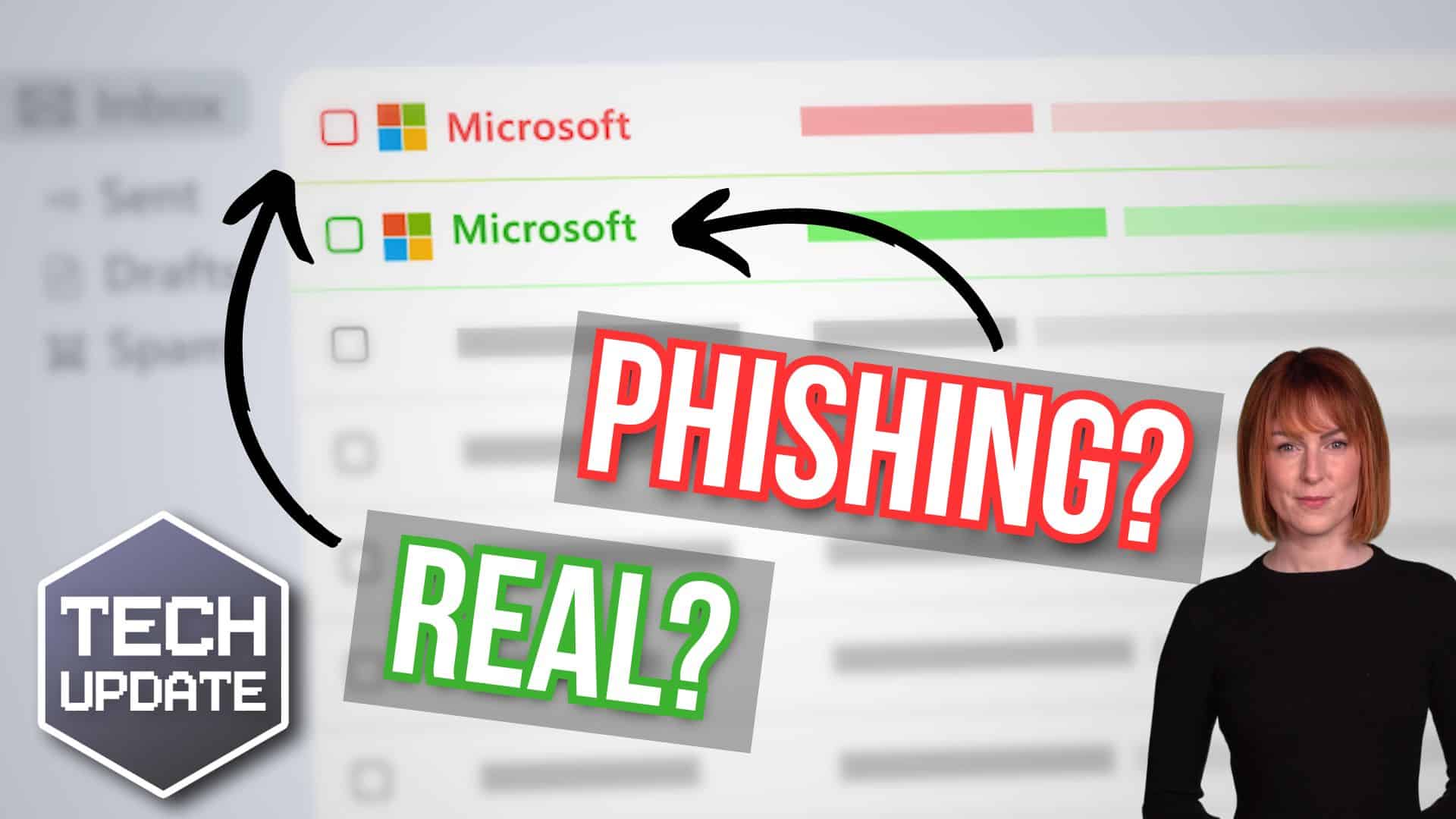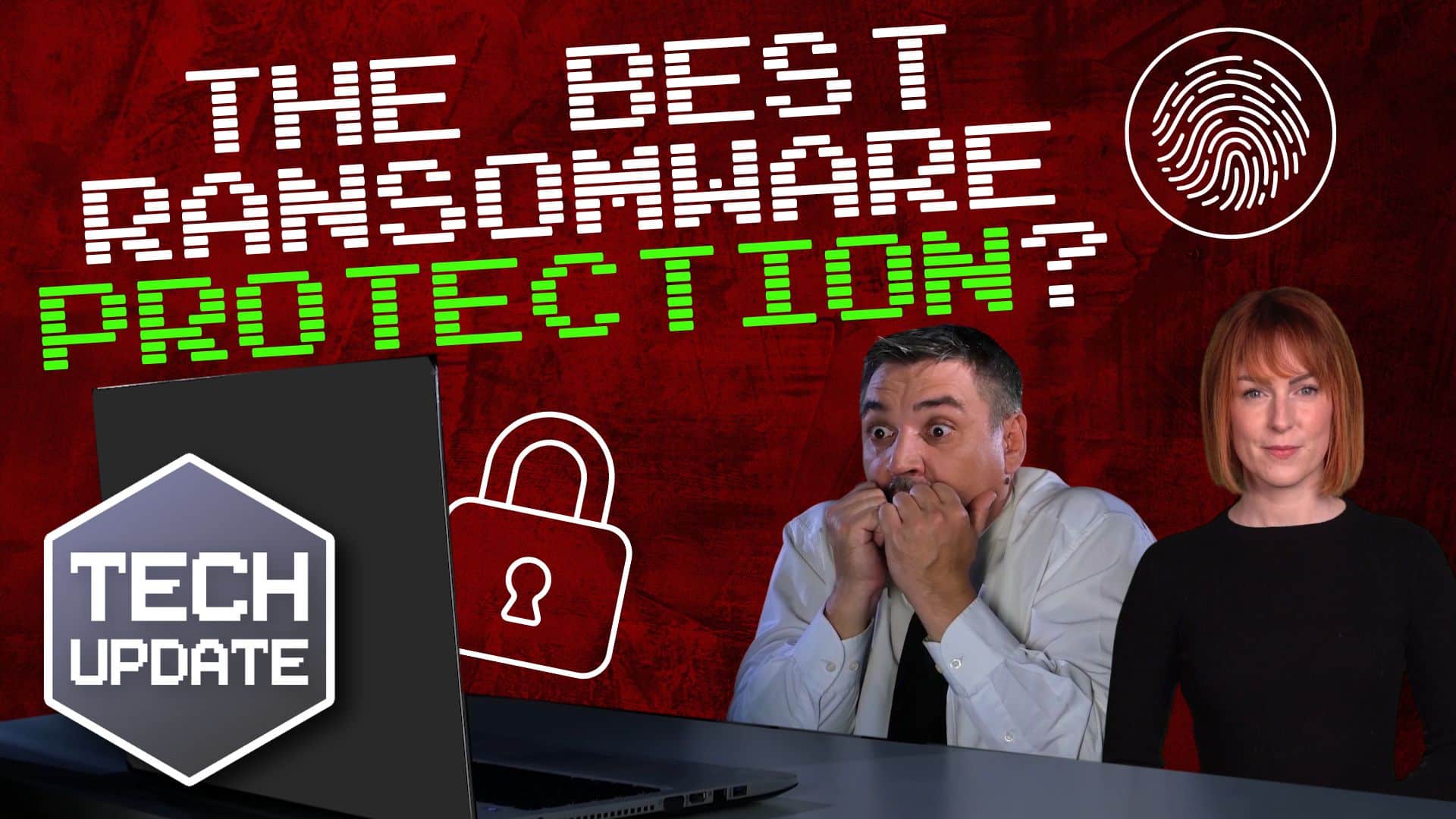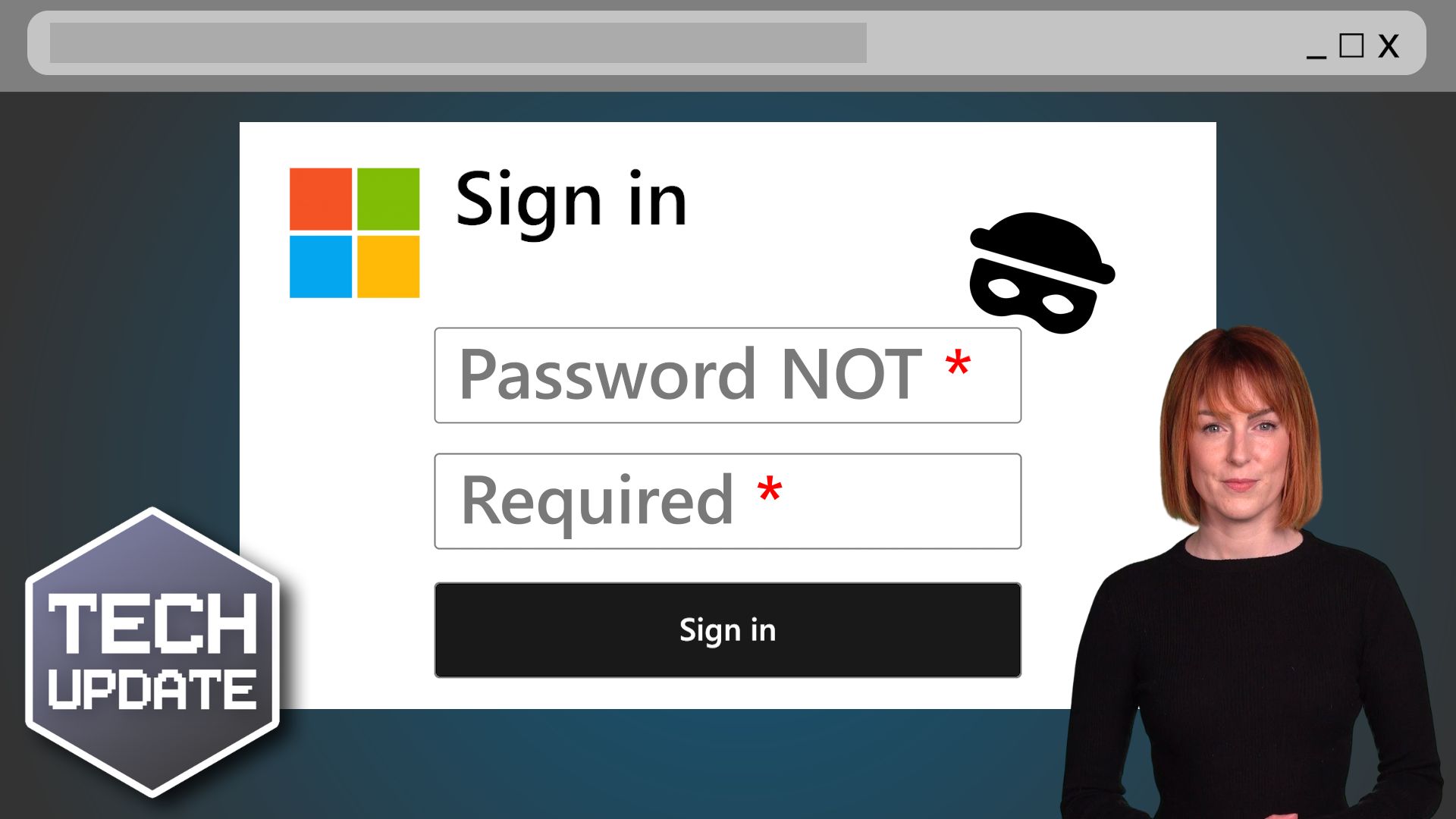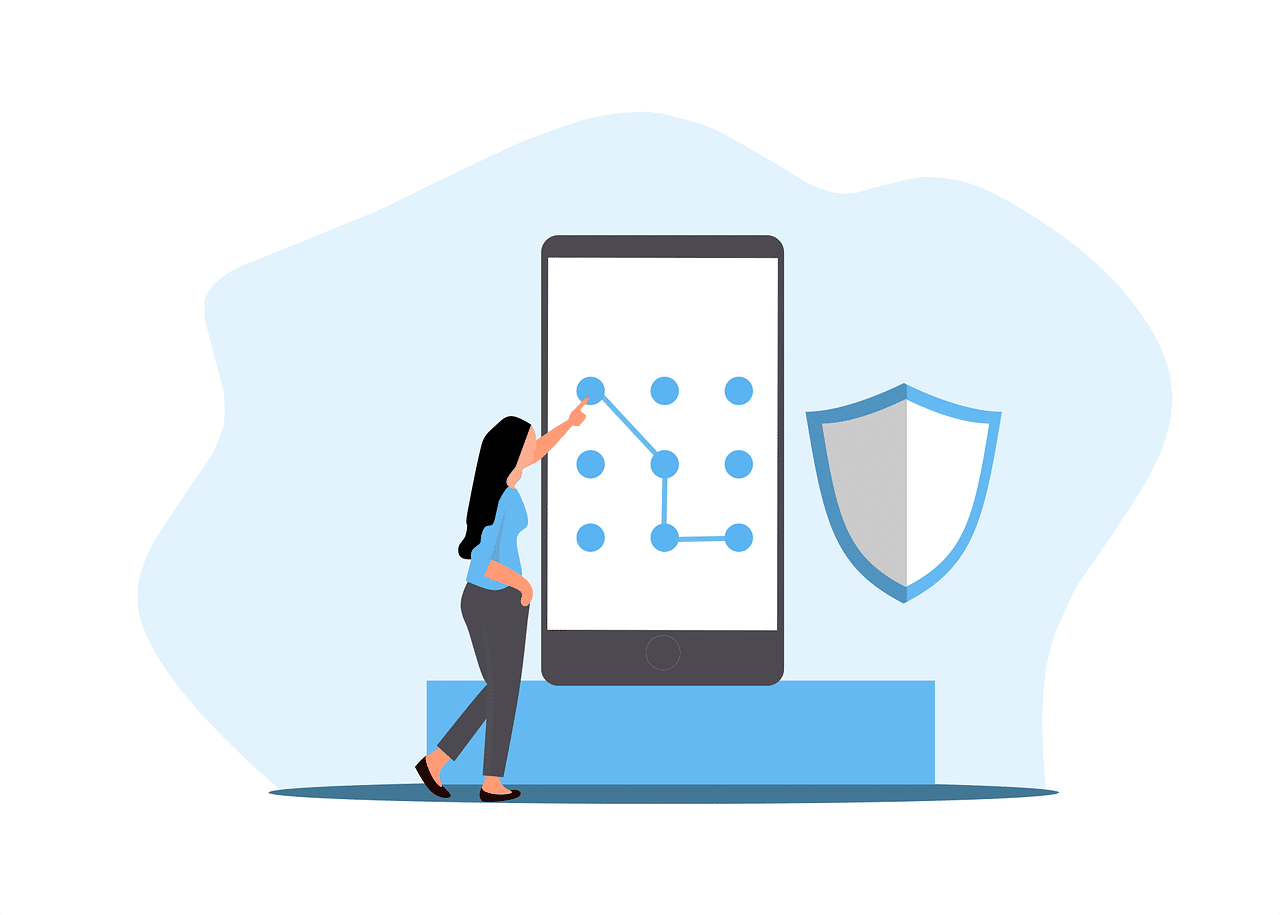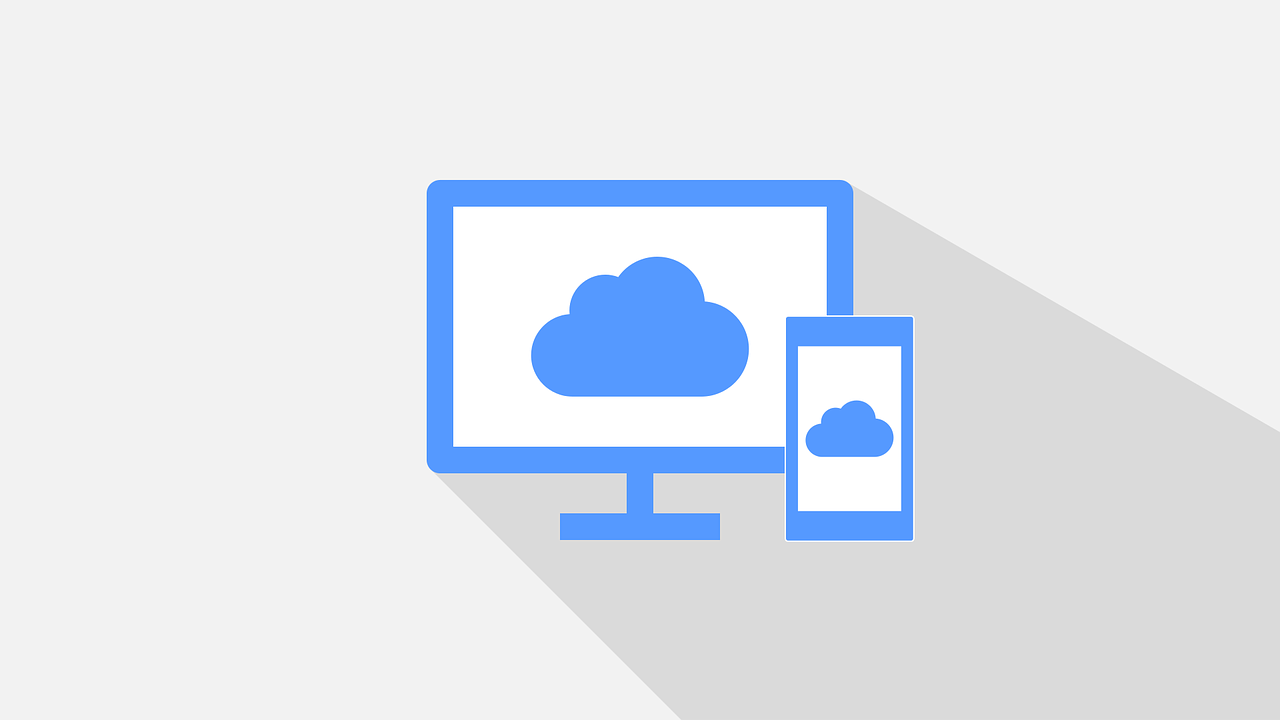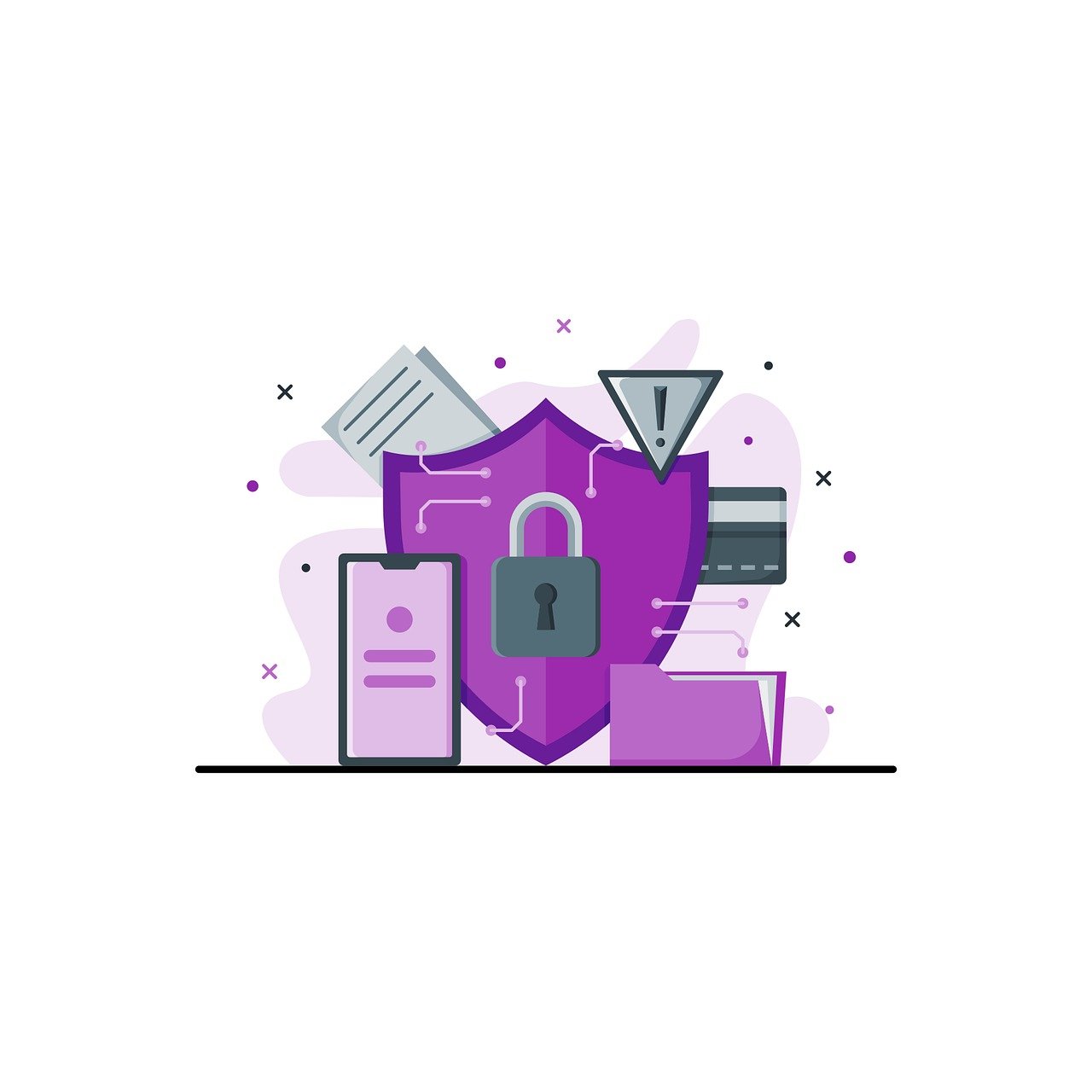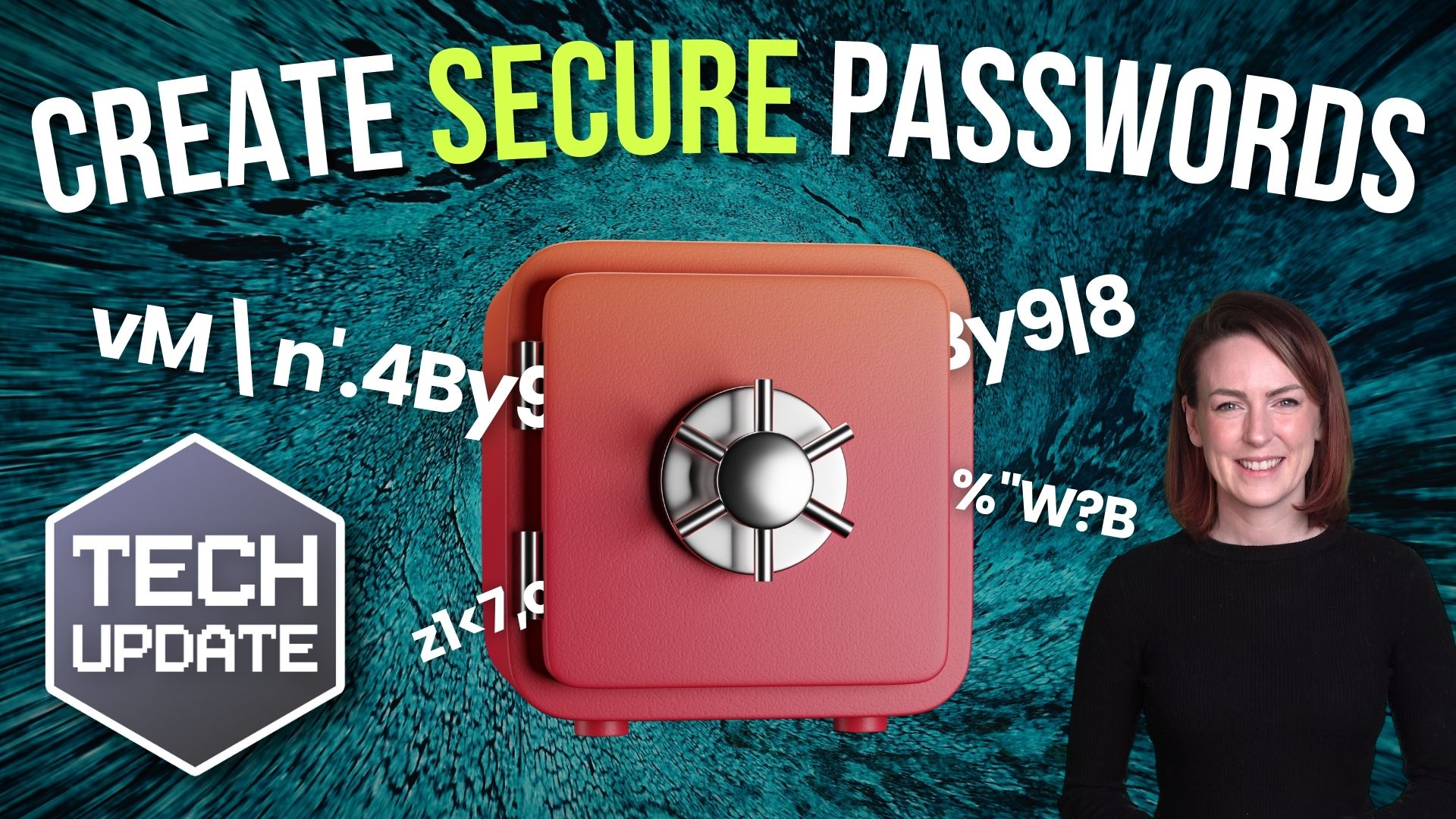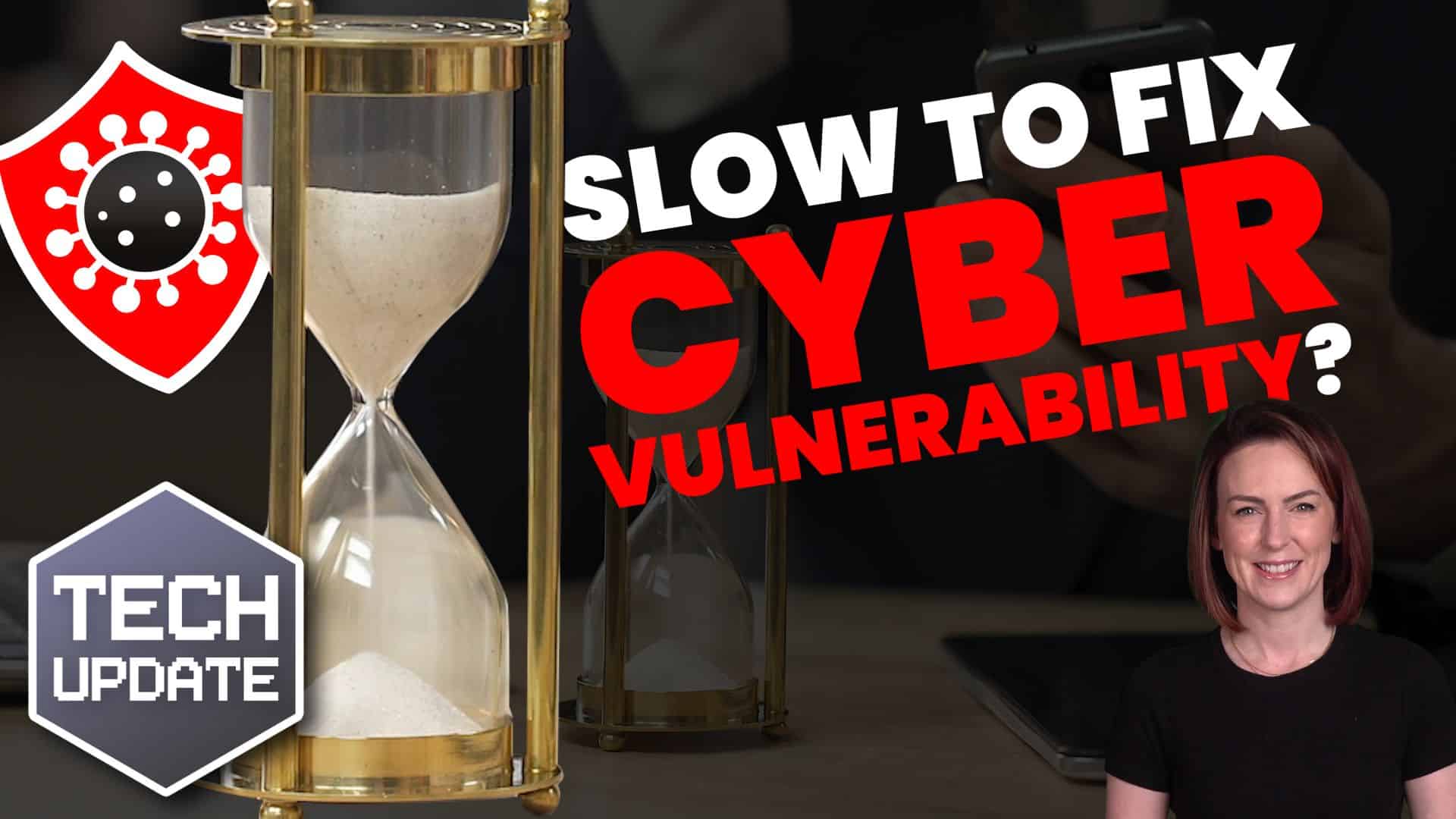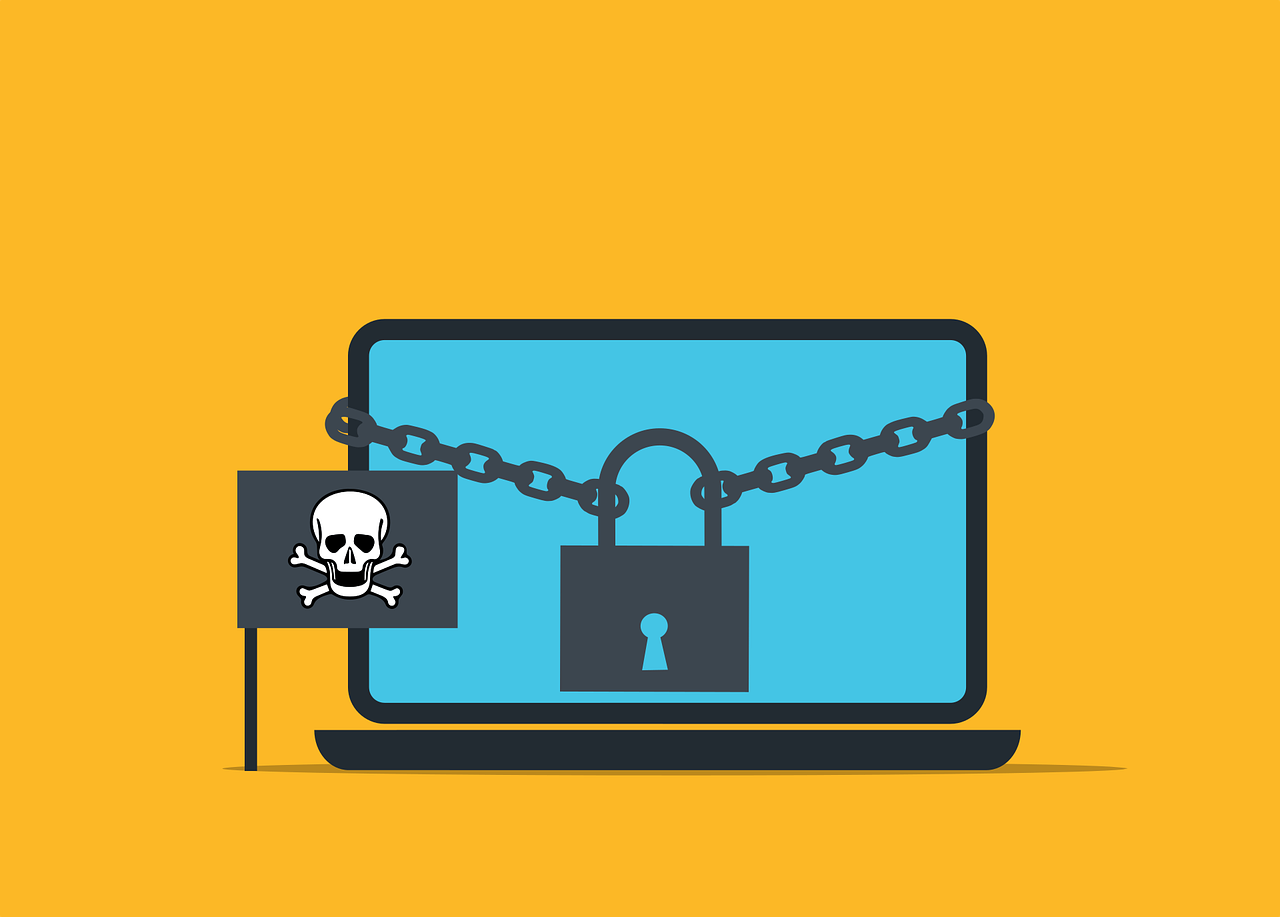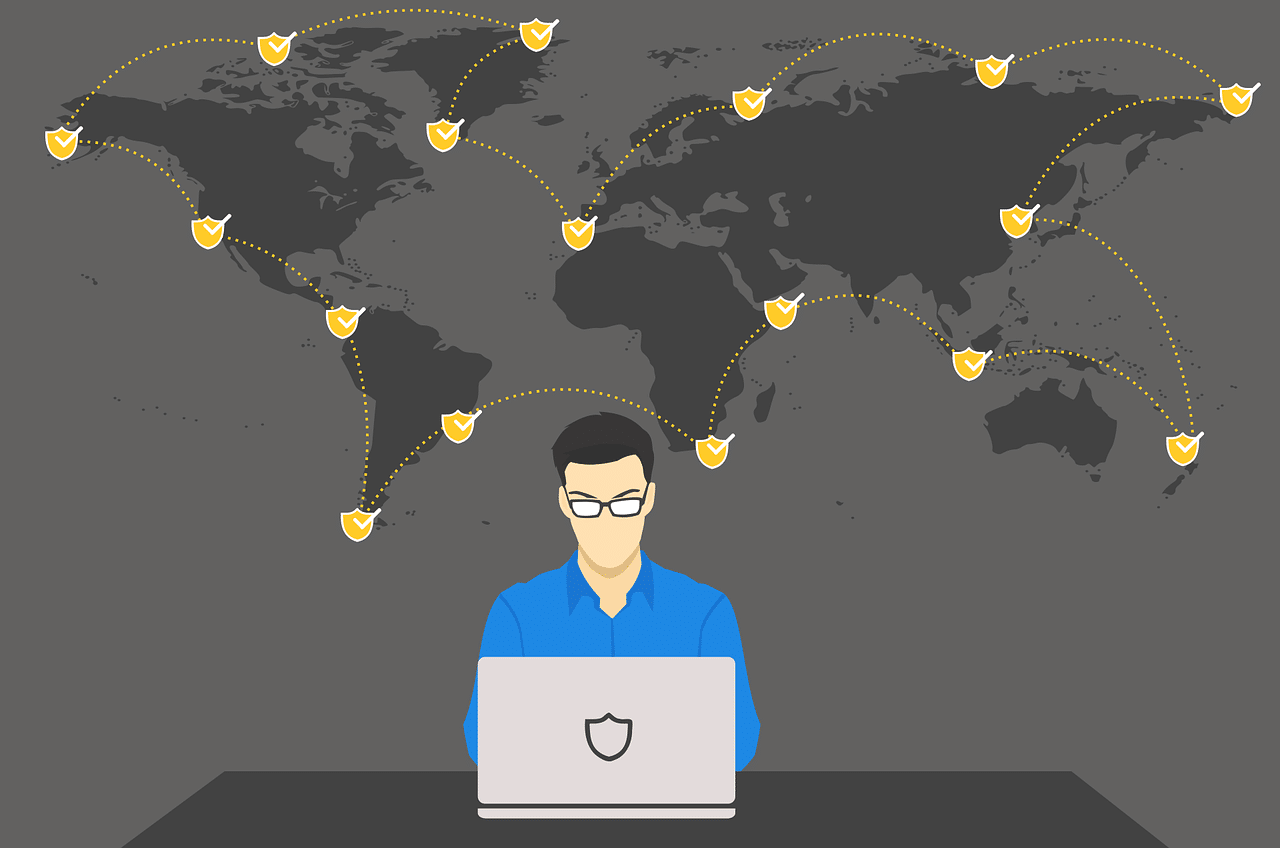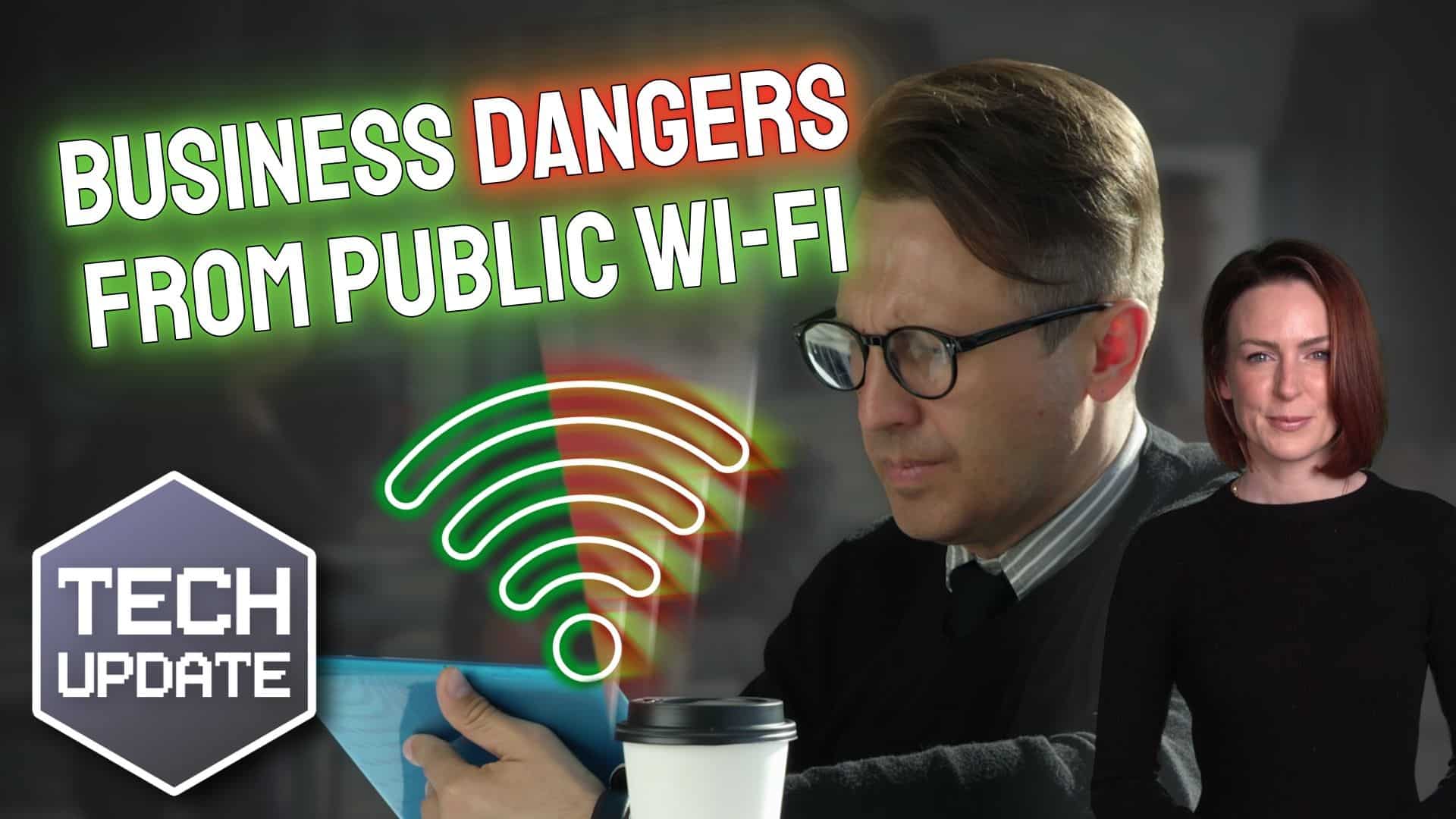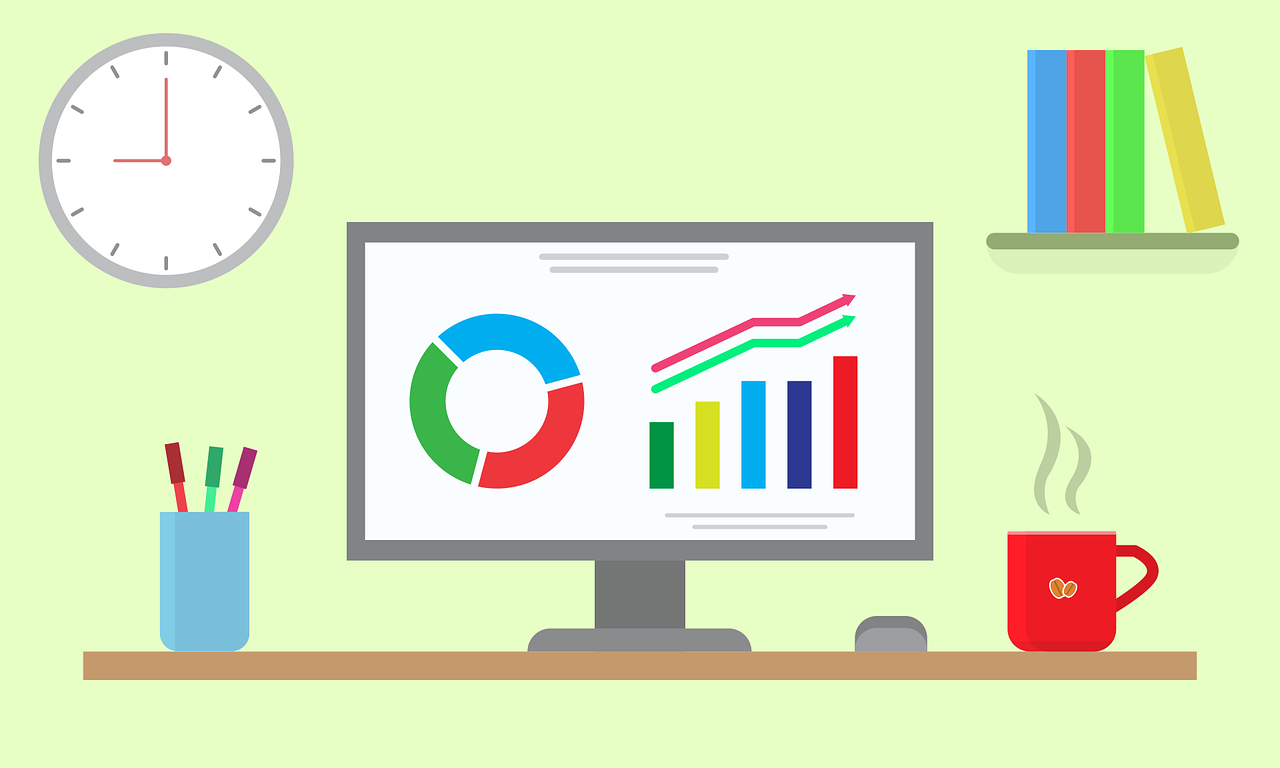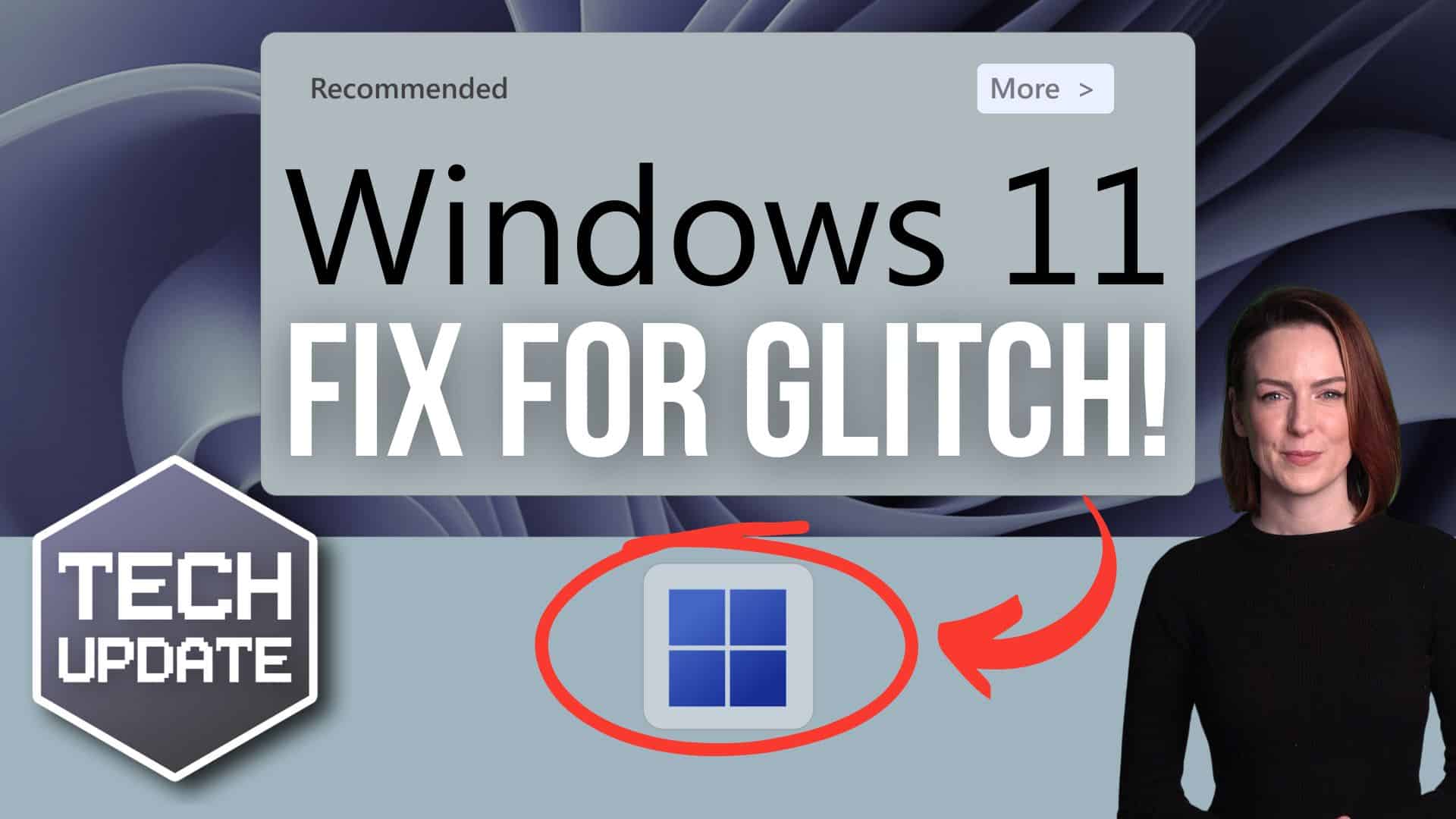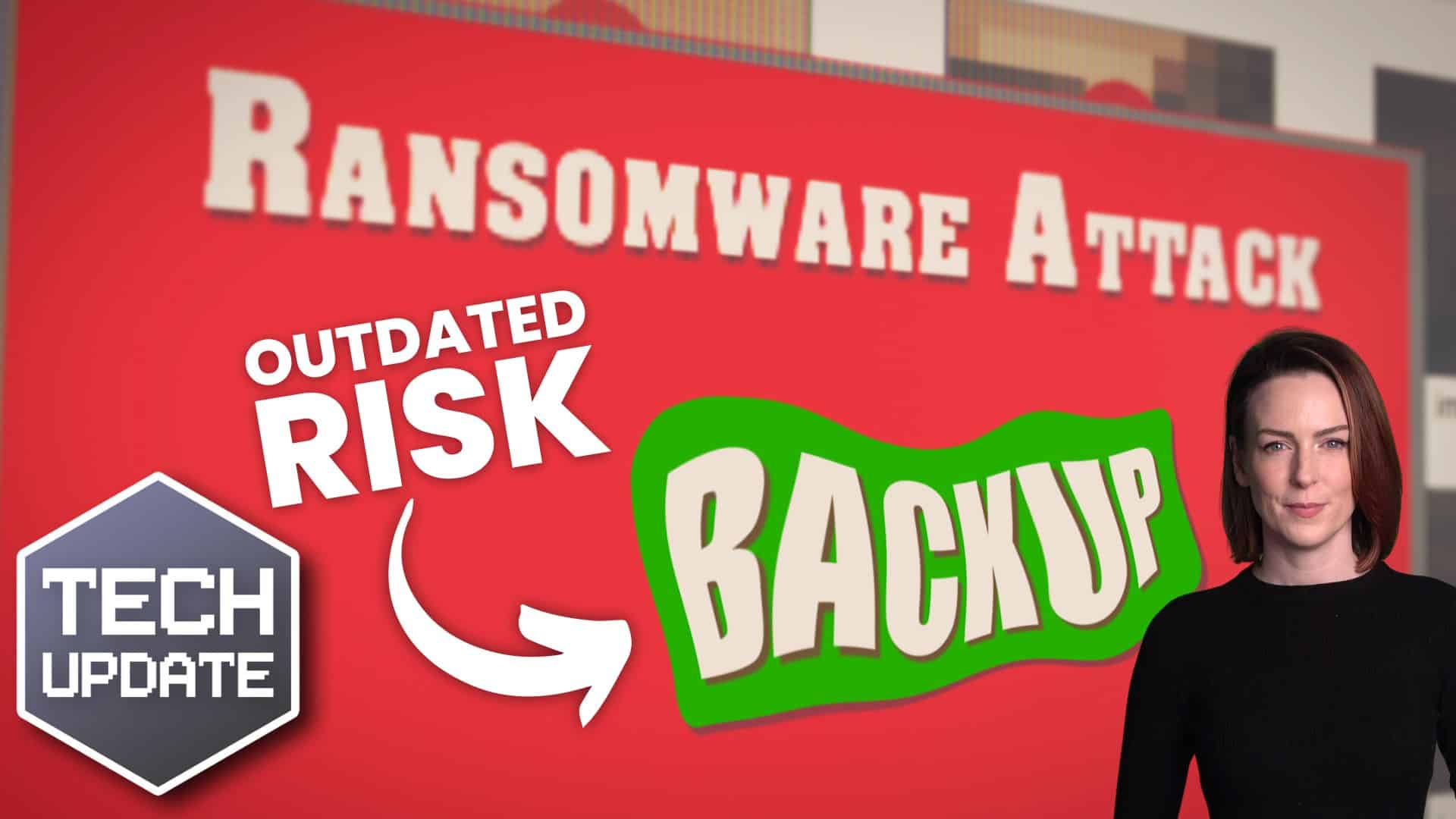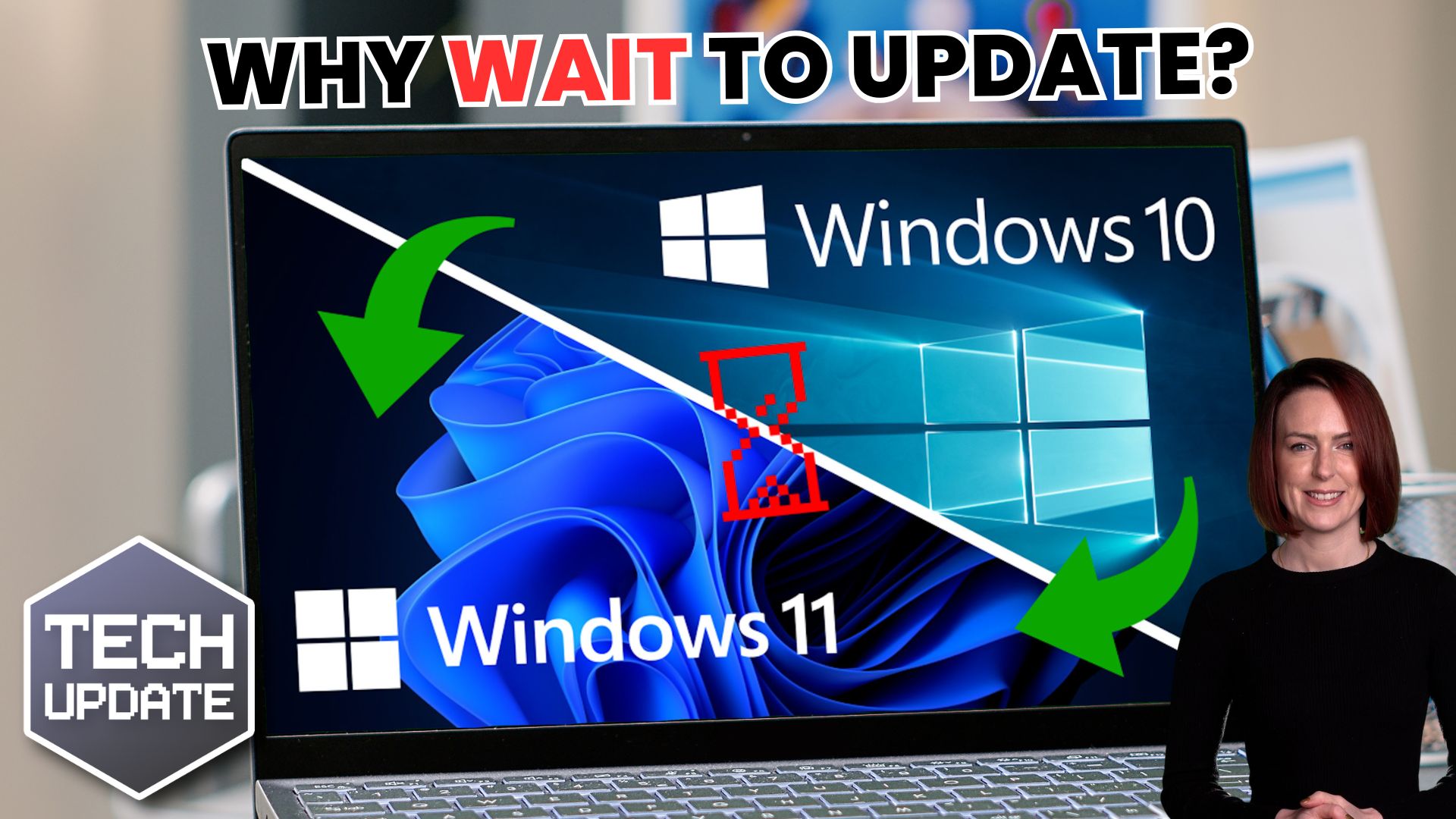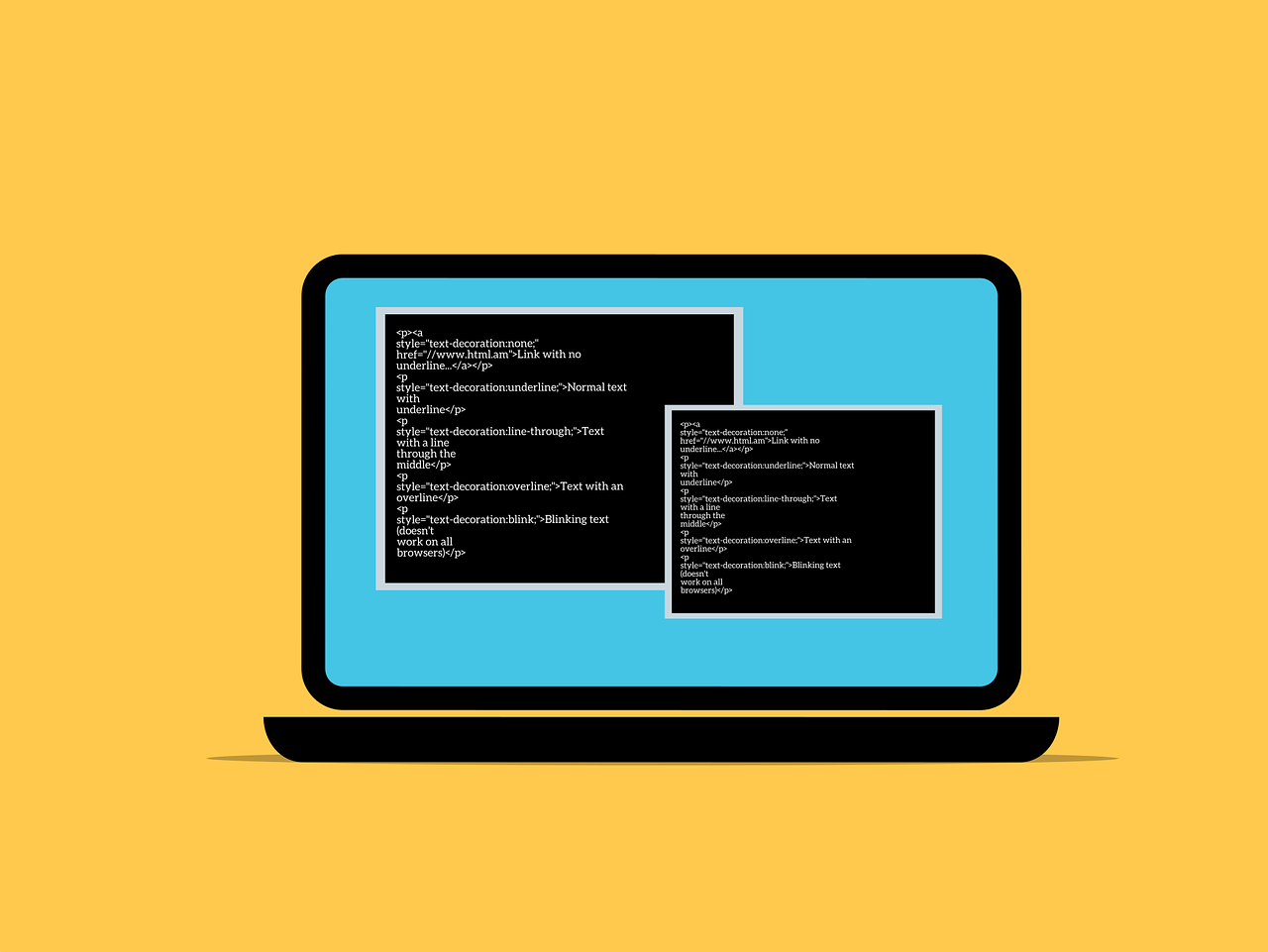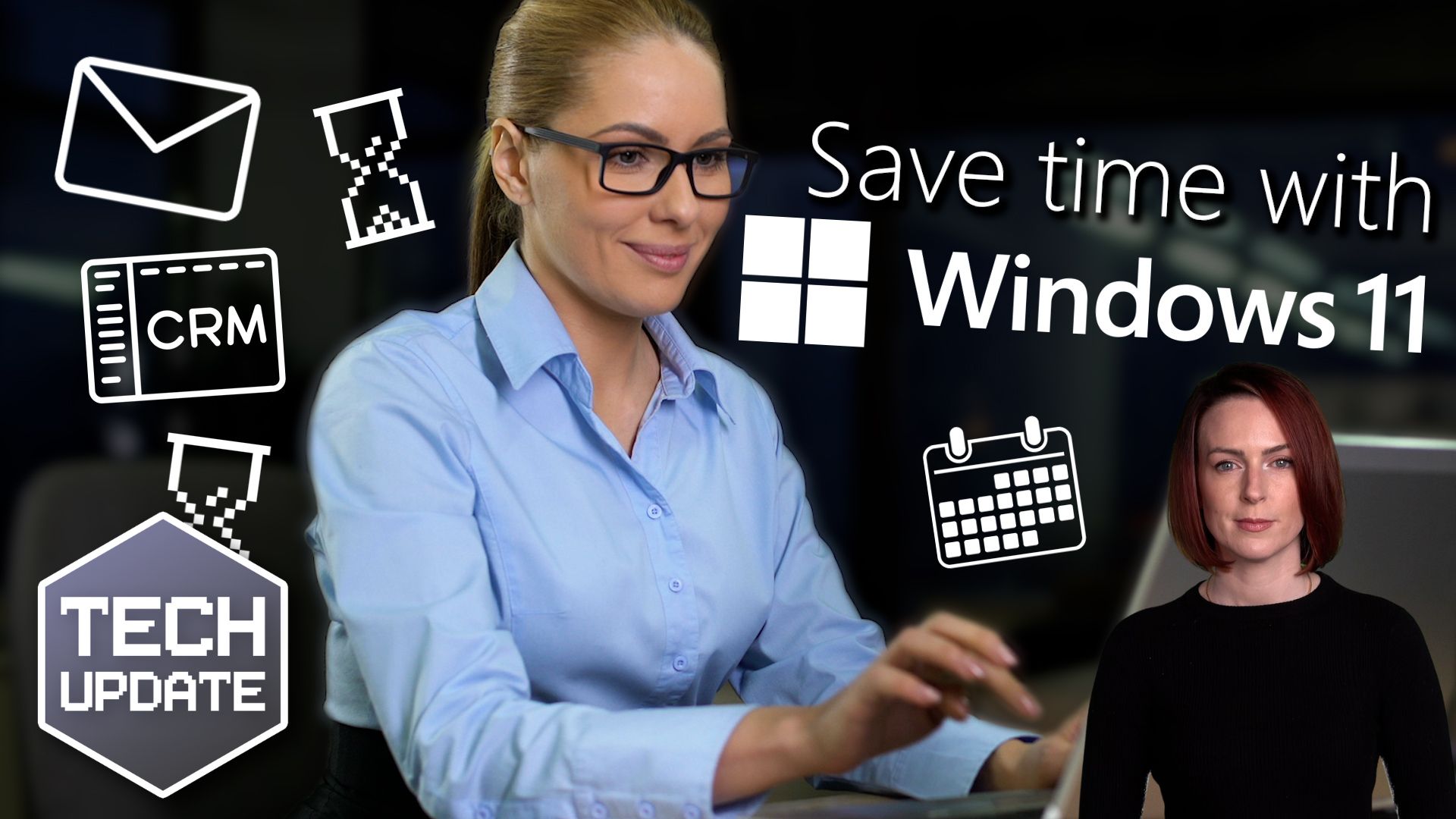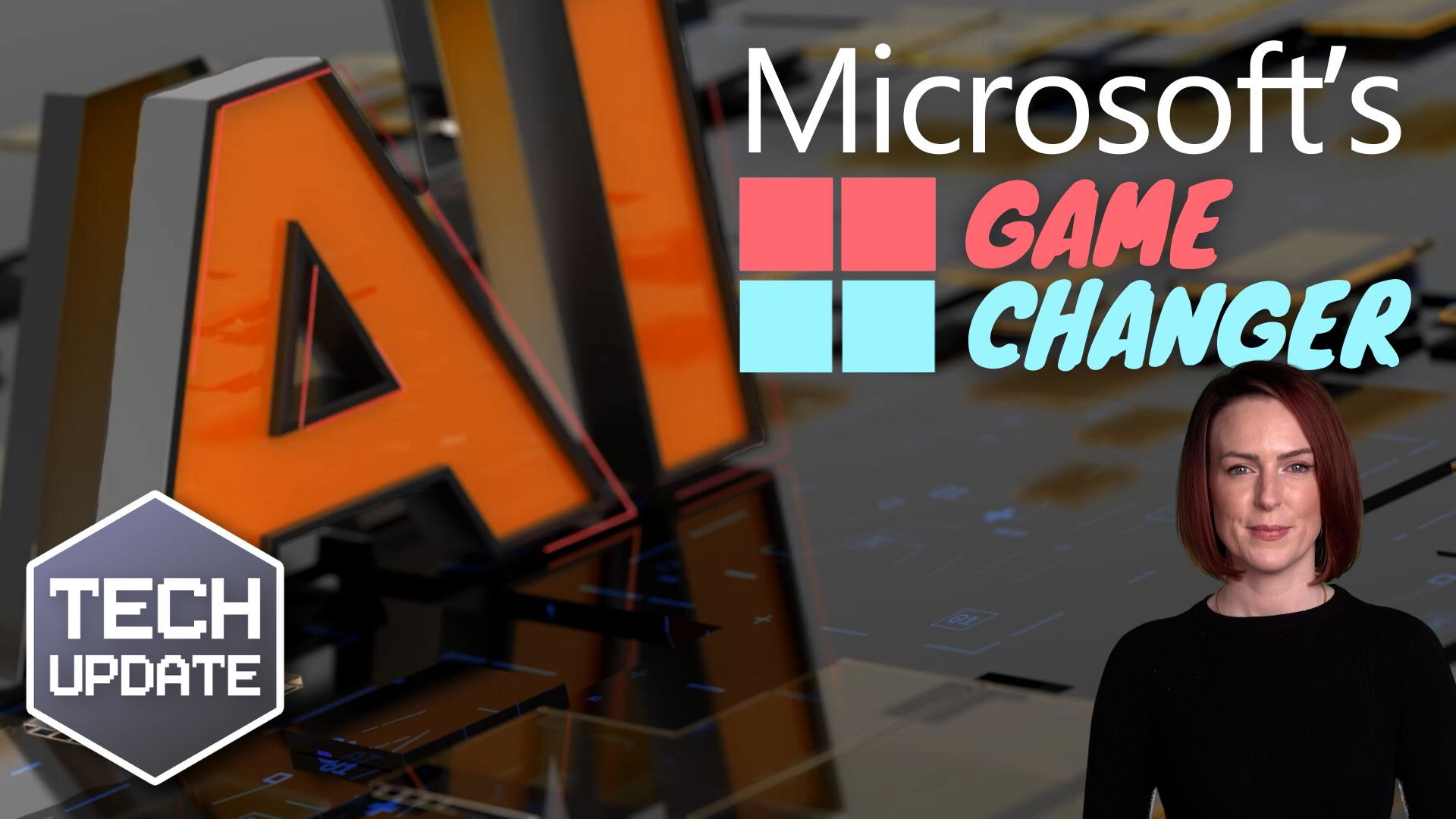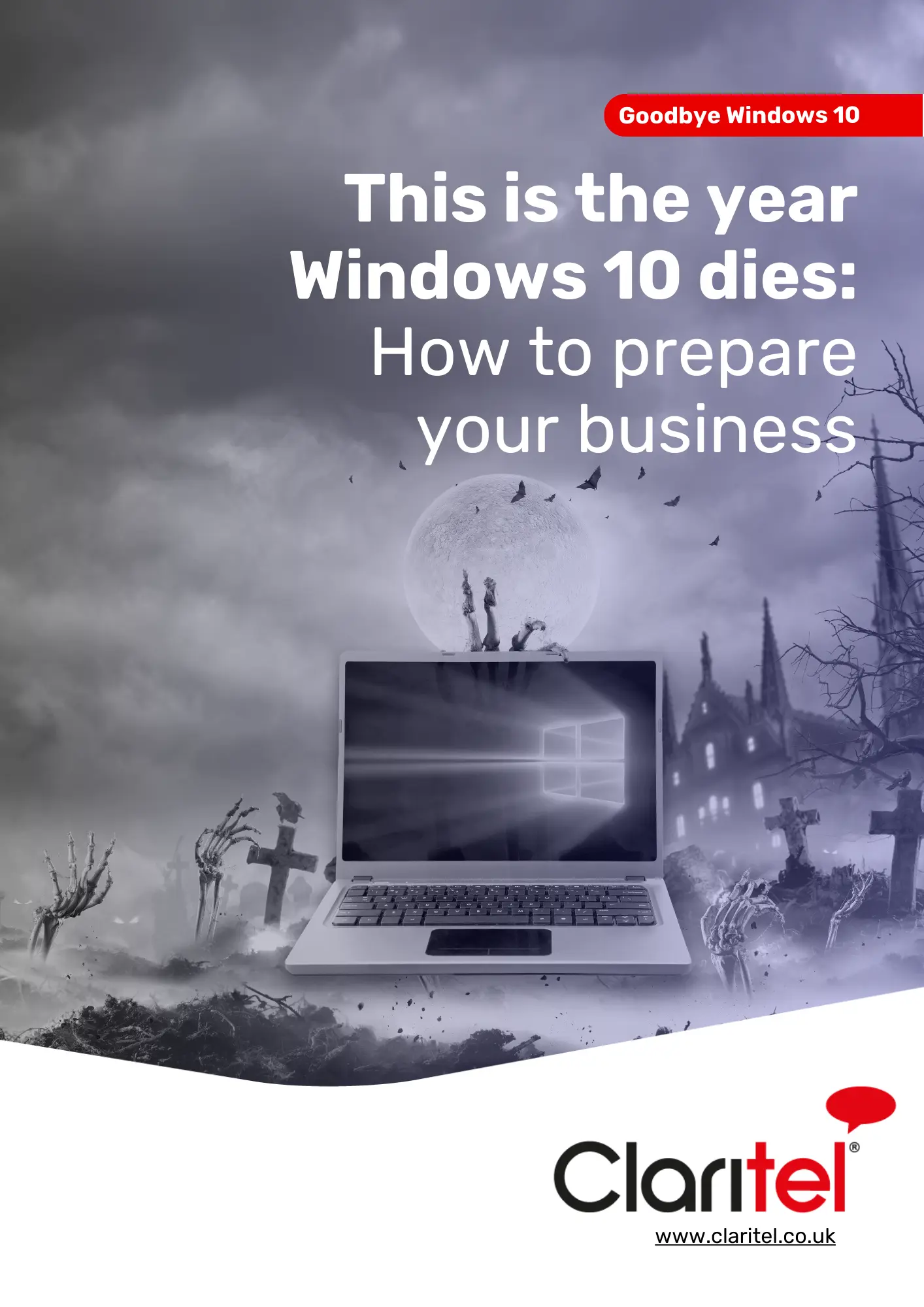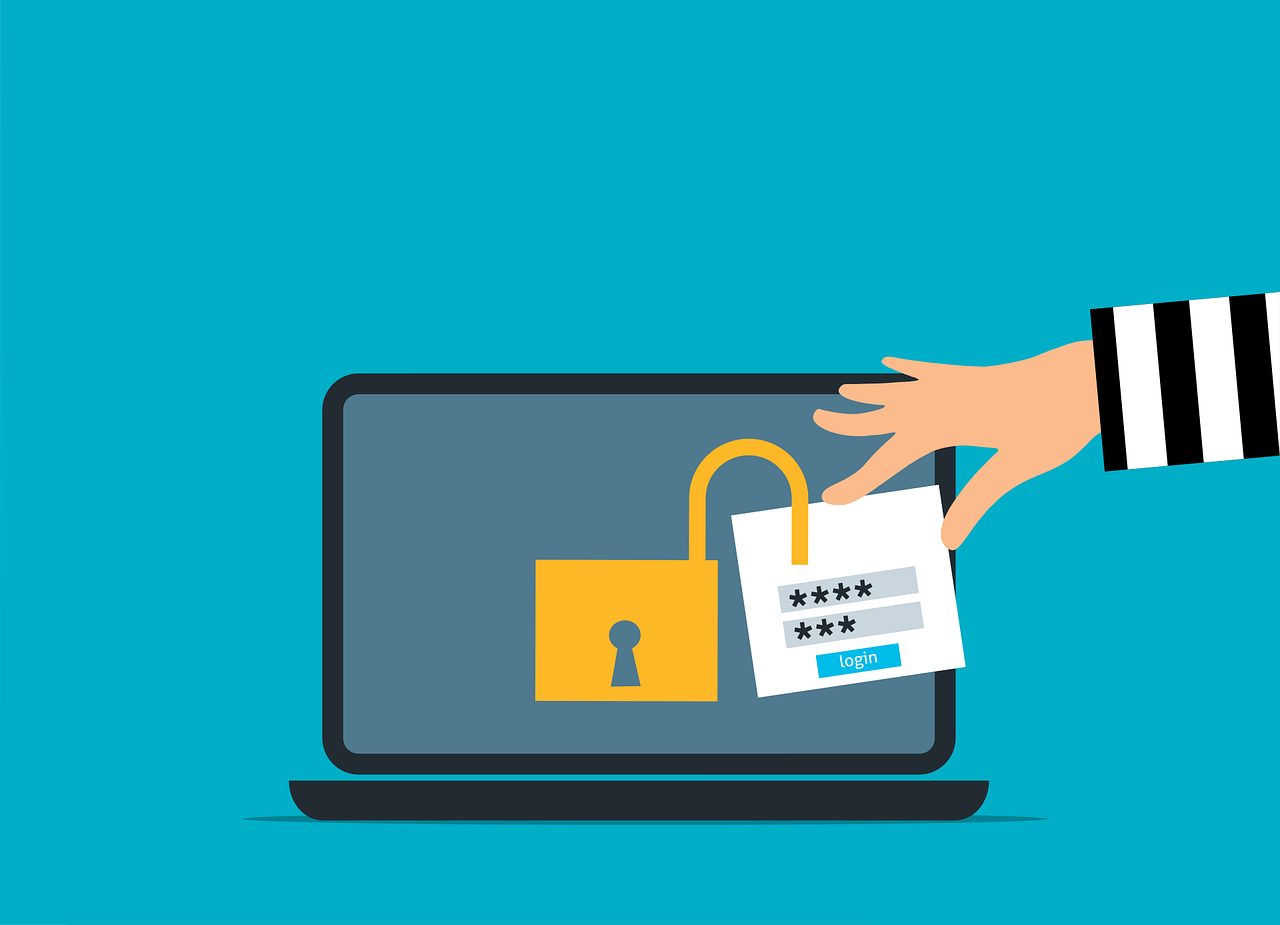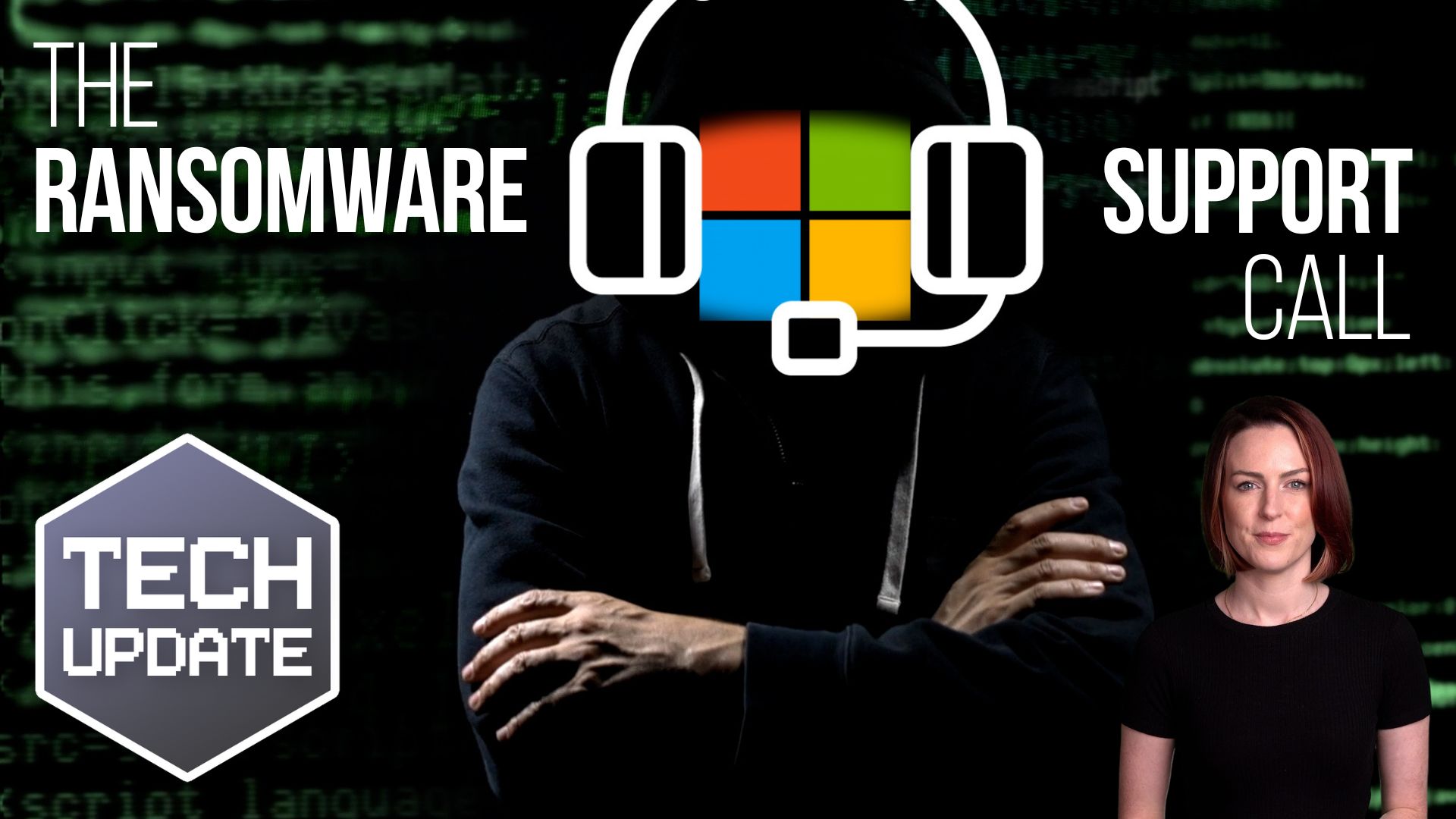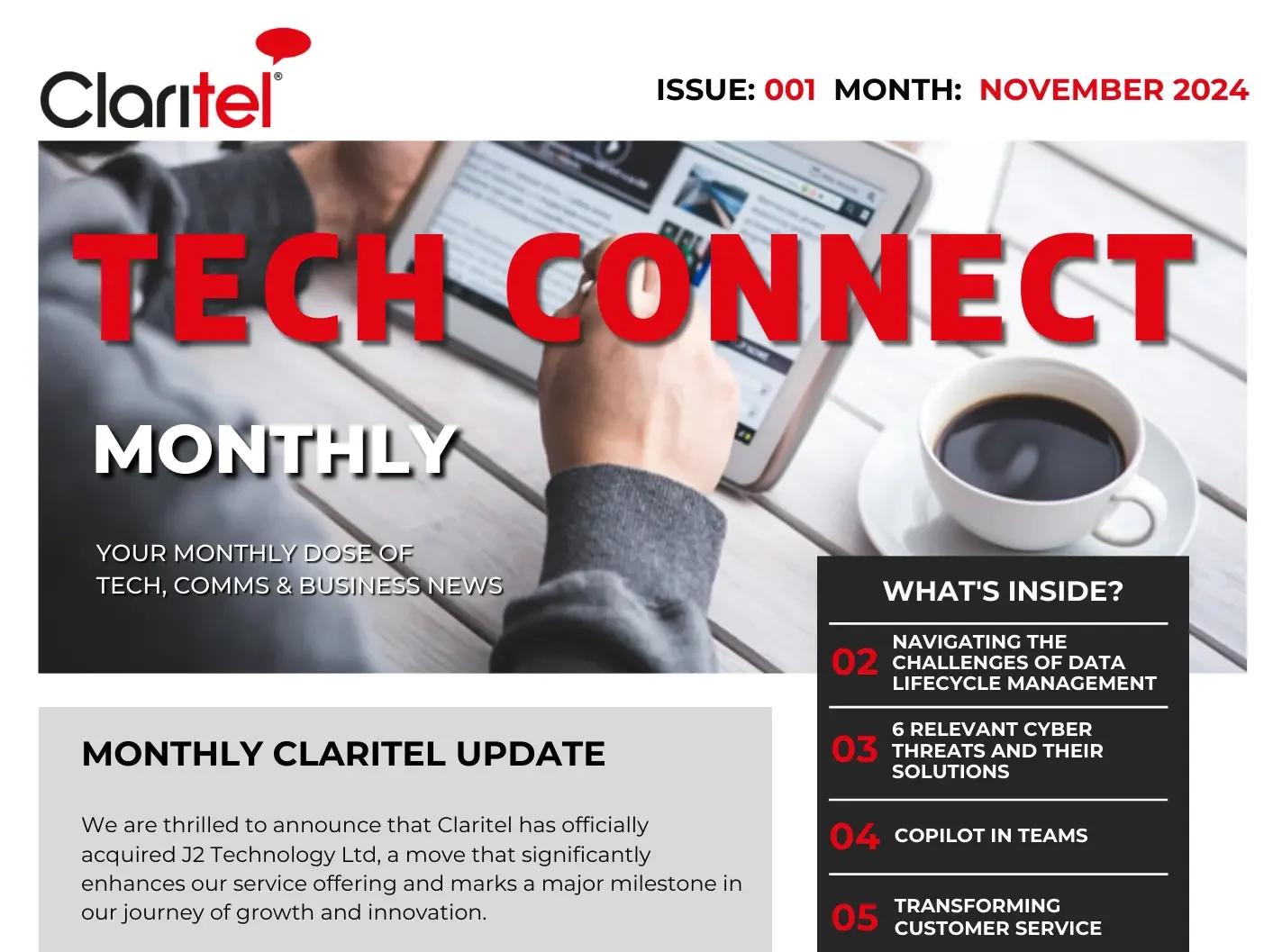

Malware, or malicious software, is designed to sneak into your computer system and cause harm. It can be downloaded without you even realising it, and once it's in, it can replicate and spread, causing all sorts of problems!
Knowing about different types of malware can help you to keep your devices safe and recognise the warning signs. Read on for non-technical overview of common types of malware and how to against them.
Common Malware Threats
Malware can disguise itself as legitimate software, making it tough to spot. It can get into your system in various ways, each with its own tricks.
Macro Viruses
Macro viruses target popular applications like Microsoft Excel and Word, hiding in documents and executing harmful code when you open files.
To protect yourself, be cautious when opening email attachments or files from unknown sources and disable macros in your applications unless you trust the source. Another great safeguard is to regularly update your software to patch vulnerabilities that
macro viruses might exploit.
Trojans
Trojans disguise themselves as legitimate software to trick you into installing them, allowing cybercriminals to access your system and steal information.
Only downloading software from trusted sources is the best way to prevent this type of malware from infiltrating your devices. It’s also always a good idea to use a reliable antivirus program to scan for Trojans and keep your security software updated!
System or Boot-Record Infectors
These infectors attach themselves to critical parts of your storage devices and activate when you boot up your system using a compromised disk.
To protect against them, avoid using unknown or untrusted external storage devices. Regularly scan your drives with antivirus software and ensure your system's boot settings are secure for additional protection.
Polymorphic Viruses
Polymorphic viruses constantly change their code to avoid detection, making them challenging to spot and remove.
Use advanced antivirus solutions that can detect and adapt to this changing form of malware. As with many of these threats, regularly updating your antivirus software and running frequent scans are some of the best safeguard methods!
Stealth Viruses
Stealth viruses hide by pretending to be part of your system’s normal functions, avoiding detection by manipulating system responses.
Monitor your devices for unusual system behaviour that might indicate a stealth virus. If it seems out of the ordinary, it’s worth a closer look (and scan for safe measure).
File Infectors
File infectors target executable files, like those with .exe extensions, and become active when you run the infected file.
This solution is simple: avoid downloading or running files from untrusted sources and use an antivirus program to scan all new files before opening them.
Advanced Malware Threats
Beyond the basic types of malware, there are more sophisticated threats that can cause significant harm.
Logic Bombs
Logic bombs are malicious code that remains hidden until certain conditions are met, unleashing destructive payloads.
To defend against them, maintain regular backups of important data to recover from unexpected attacks. Using monitoring tools in to detect unusual system behaviour will also help to prevent them from resting dormant on your devices.
Worms
Worms are self-contained malware that spread across networks and systems on their own, consuming bandwidth and carrying harmful code.
Fighting back against this malware type will require you to ensure that your network security settings are robust. Use firewalls to block unauthorised access and, as always, keep your operating system and software up to date with the latest security patches!
Droppers
Droppers help malware enter your system by delivering it to the target, often going undetected by antivirus software.
Make sure to scan with your antivirus program… all right, we’re just kidding! Antivirus scanning obviously won’t help much with this malware threat: instead, you’ll need to be cautious about what you download and use comprehensive security solutions like heuristic scanning to detect suspicious behaviours typical of droppers. This form of malware is definitely more advanced, and we’re here to explain further if you need it.
Ransomware
Ransomware locks your files or data and demands a ransom to unlock them, often spreading through email attachments or malicious downloads.
Regular backups of your data to secure locations are crucial to prevent ransomware attacks from severely impacting your business. Along with the usual prevention tools of following download best practices and regularly scanning for threats,
you’ll need a strong backup solution to make sure your data isn’t poached.
It’s Easy To Get Overwhelmed: That’s Why We’re Here!
As you can see, malware comes in many forms, each with its own unique tricks to infiltrate your systems. If you’re feeling overwhelmed, the best option may be to partner with an IT provider like Claritel who can manage these threats for
you! We’ll handle cybersecurity while you focus on what makes your business profitable.
Visit go.claritel.co.uk/cybershield and download our free Cybersecurity Essentials Booklet to continue bolstering your cyber shield and solidifying your business’s cybersecurity.





